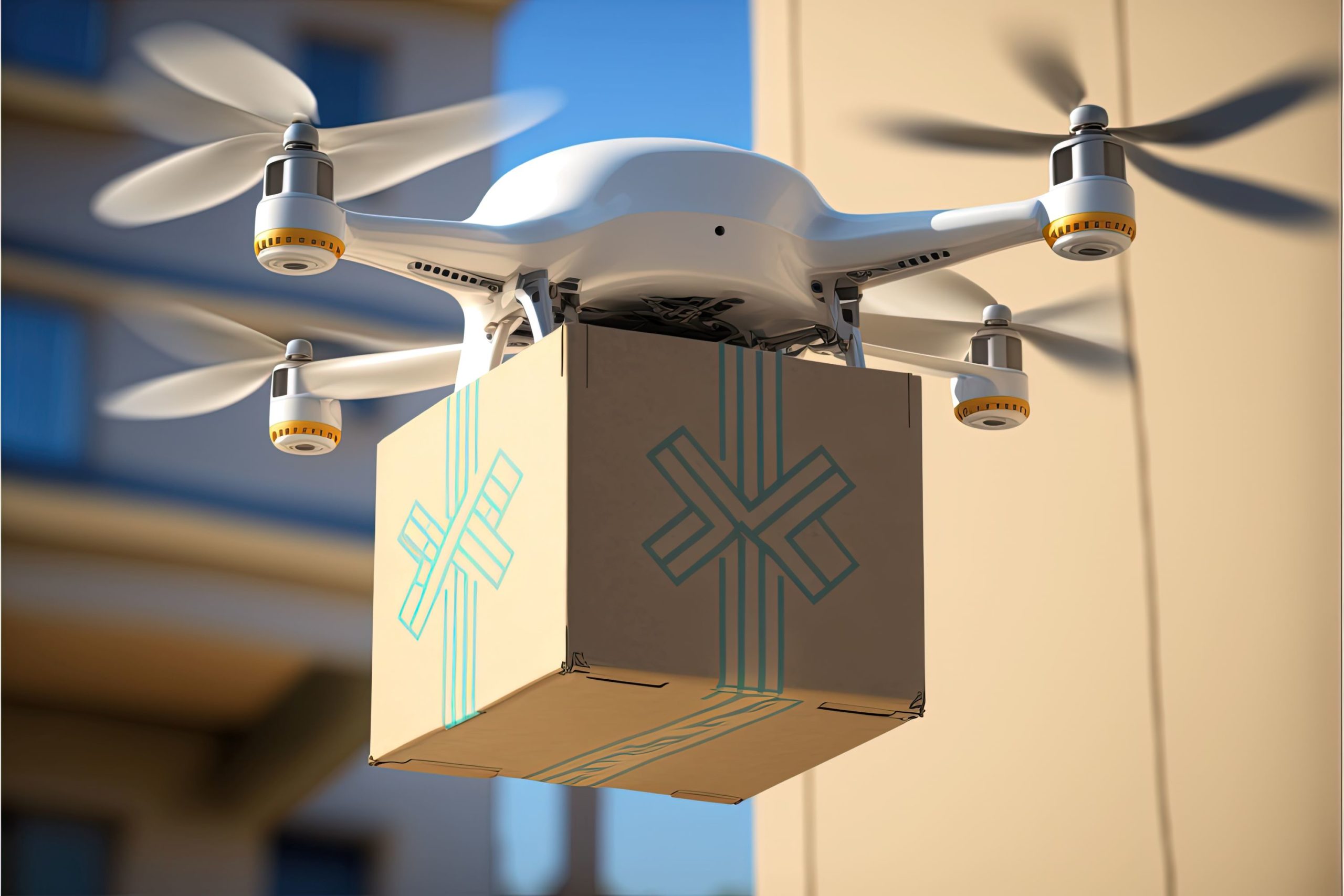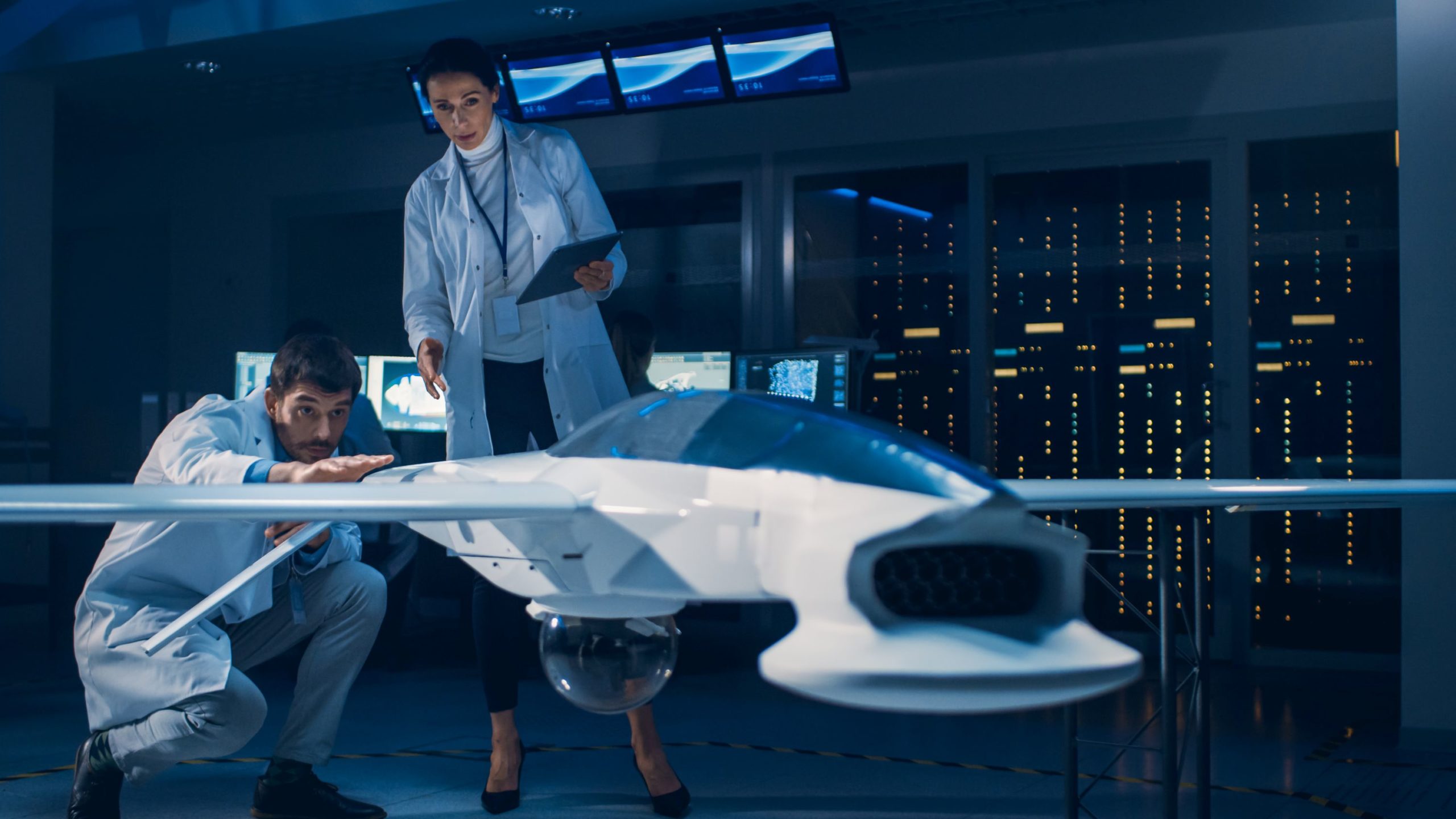Contents
When the word “drone” comes up, the first three things that often come to mind are photography, toys, and the military. Indeed, the concept of using unmanned aerial vehicles, or UAVs, originated in 1849.
Decades later, the first crewless aircraft was developed, and countries continued to refine the technology, expanding its uses and availability. Thus, since 2010, drone use has grown to include consumer and commercial applications. These aerial vehicles are used extensively in recreational activities like photography, practice flying, and business operations.
As surveillance tools, drones are used in different ways to enhance operational efficiencies and data-gathering practices in multiple industries. Get to know more about commercial drones in this article.
What are commercial drones?

Commercial drones, as mentioned, are classified as UAVs, a component of unmanned aircraft systems (UAS), which include the crewless aircraft, the trained pilot who controls the flight, and the system that connects these components. However, fully autonomous models, or drones that can fly without human intervention, are being developed.
Industrial UAVs and UAS like Inspired Flight Commercial Drones are created to take on various business applications. Thus, they vary in shape, size, and features. As with other products, the more advanced functionalities a drone has, the costlier it becomes. Regardless, these machines often have the same parts: motors, sensors, controllers, radio transmitters, propellers, etc.
How big is the commercial drone market?
According to Gartner, the commercial drone market reached USD$2.8 billion in 2016 and was projected to grow by USD$3.68 billion in 2017.
Because of their versatility, the unmanned aerial vehicles (UAVs) market continues to grow at unprecedented levels. Statista estimates the sector to reach USD$58.4 billion in 2026 due to a compounded growth rate of more than 16% from 2021 to 2026.
Goldman Sachs market research has, however, estimated the demand for drones to have reached USD$100 billion in 2020, driven by commercial and government needs.
How are commercial drones being used?

Industrial drones can be used in different business applications to improve workflows. Some companies can customize their functionalities while remaining compliant. Generally, commercial drones are used to survey vast tracks of land and inaccessible areas, create a 3D mapping of a specific location, and take photos of such settings. Despite drones costing over a few thousand, they’re still relatively cheaper than conducting traditional aerial and land surveys.
Below, you’ll find the most common and notable uses of commercial drones:
Law enforcement
As the US government struggles to keep its police officers and recruit new ones for various reasons, drones can increase coverage despite lacking members. As such, commercial police drones can increase efficiency while reducing personnel’s exposure to high-risk operations.
Disaster response
Firefighters likewise use UAVs to track wildfires, predict their movements, and prevent them from spreading. Additionally, drones help disaster and emergency responders spot survivors and others needing help faster and more efficiently. Depending on the drone’s inherent features, basic supplies can also be delivered in isolated areas.
Inspections, surveys, and data collection
Speaking of isolated locations, energy and mining companies use commercial drones to inspect and survey geographically challenging sites and monitor the soundness of their equipment. Doing so cuts operational costs and prevents the staff from getting injured or harmed. At the same time, deploying UAVs makes data gathering less time-consuming, labor-intensive, and more accurate.
Project monitoring
Construction companies must stay updated on their projects to mitigate delays and address issues proactively. Using commercial drones, these firms can get real-time data and photos of the site, helping them identify problems and rectify errors, preventing costly mistakes that consume too much time and money.
Crop and livestock management
Agricultural drones are practical tools that help farmers monitor and inspect their crops, detect pests, and plan their planting cycles better. These aerial vehicles can likewise assist them in locating farm animals and moving them to the pasture or in a safer place.
By letting drones do the job for them, farmers can save time and fuel expenses for driving a tractor within huge tracts of land.
Property assessment and claims validation
Insurance companies have also benefitted from drone use, as they facilitate visual inspections and data gathering. These machines make property valuation and insurance claims processing cheaper and more reliable, skipping the need for claims adjusters who may be at risk of falling, tripping, and getting harmed while inspecting the property. Besides better and faster information-gathering processes, UAV use also helps prevent fraudulent claims.
Concluding thoughts
Drones have completely evolved from serving military purposes to enhancing business operations and workflows. As it is, industrial UAV applications are already wide-ranging, but manufacturers and industries are finding more ways to utilize them. As such, there’s no other way for the commercial drone sector but up.

